Also in this section:
This has implications for the inclusion of students with FASD in the classroom across the range of ages, curricula and educational settings.
In the UK, too little is known about FASD and the approaches that may be helpful in educating children affected. There is currently no UK government guidance on this. National FASD’s research led by Dr Carolyn Blackburn in 2010 remains among the most in-depth available (see resources below). We are seeking funding to take this project further.
Educators need more FASD-informed training.

Characteristics of FASD will change over time and children’s developmental age will differ from their chronological age, as students with FASD will follow an asynchronous developmental pathway. Generally, however, the following characteristics may be observed:
Indicators and characteristics often seen in newborns or Infants
Indicators and characteristics often seen in preschool aged children

Characteristics often seen in primary school aged children
Indicators and characteristics often seen in adolescents and young adults
Sources: Carolyn Blackburn, Primary Framework and Secondary Framework (see below)
by Dr Carolyn Blackburn
by Dr Carolyn Blackburn
The FASD Hub Scotland have a series of fact sheets for educators
Ayrshire and Arran NHS
See our 1-day and 3-day training options, delivered with Seashell – developed with expert input under a DHSC grant
Introduction to FASD Course – developed with support of Greater Manchester Health and Social Care Partnership


Check out www.FASD.me for resources to use with young people with FASD to help them understand and own the diagnosis and to learn coping strategies. The Me and My FASD toolkit was created as part of National FASD’s partnership with Seashell, funded by the Department of Health and Social Care. The above photo is from the interactive comic on the website that includes a special section about school that can be used to help students identify strategies that help at school.

The National Organisation for FASD, The Priory, High Street
Ware, Hertfordshire. SG12 9AL
England
Helpline: 0208 458 5951